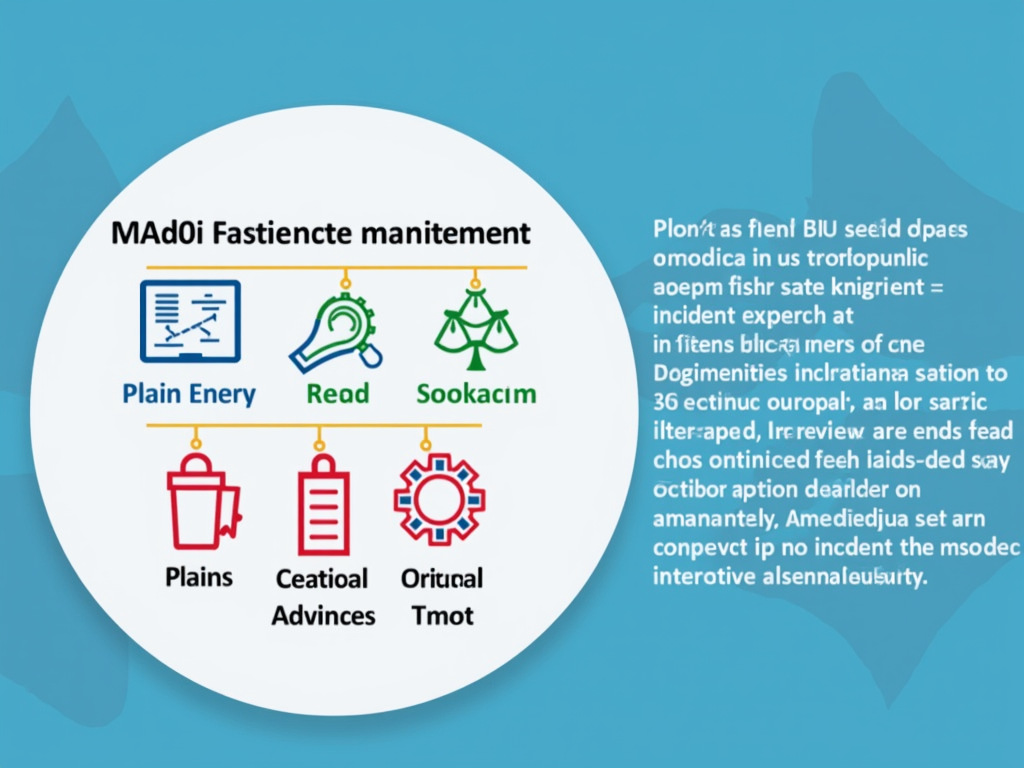Implementing an Effective Incident Response Plan (IRP)
In today’s digital landscape, cybersecurity incidents are a constant threat to businesses of all sizes. A well-crafted Incident Response Plan (IRP) is crucial for minimizing the impact and duration of these incidents. In this article, we’ll explore the importance of an IRP, its key components, and provide a step-by-step guide on how to implement an effective one.
Why Do You Need an IRP?
An IRP is a set of procedures designed to help organizations quickly respond to and contain cybersecurity incidents. By having a plan in place, you can:
- Reduce the average time to detect and respond to incidents
- Minimize damage to your organization’s reputation and finances
- Ensure compliance with regulatory requirements
- Provide a framework for effective communication and collaboration
Key Components of an IRP
A comprehensive IRP should include the following elements:
1. Incident Classification
Define incident types, such as data breaches, system compromise, or denial-of-service attacks. This helps ensure consistent response and escalation procedures.
2. Incident Response Process
Outline the steps to follow during an incident, including:
- Initial Response: Identify and contain the incident
- Assessment: Determine the scope of the incident
- Containment: Isolate affected systems or data
- Eradication: Remove malware or vulnerabilities
- Recovery: Restore normal operations
- Post-Incident Activities: Conduct post-incident activities, such as reporting and lessons learned
3. Roles and Responsibilities
Define roles and responsibilities for each team member involved in the IRP:
- Incident Response Team (IRT) members: Engineers, security analysts, and incident handlers
- Management: Provide oversight and support during incidents
- Stakeholders: Include communication teams, legal departments, and other relevant parties
4. Communication Plan
Establish a plan for effective communication during an incident:
- Define communication channels and protocols
- Identify key stakeholders and their roles in the response process
- Develop messaging templates to ensure consistent communication
5. Training and Testing
Provide training for all IRP participants, including:
- Initial training: Educate team members on the IRP procedures and roles
- Ongoing training: Offer regular updates and refresher courses
- Tabletop exercises: Conduct simulated incidents to test the plan’s effectiveness
- After-action reviews: Evaluate response efforts and identify areas for improvement
Implementing an Effective IRP
Here’s a step-by-step guide to implementing your IRP:
- Establish an Incident Response Team (IRT): Assemble a team of experts from various departments, including IT, security, and communication.
- Define incident classification: Develop a taxonomy for classifying incidents based on severity, impact, and other factors.
- Develop the response process: Outline the steps to follow during an incident, as described earlier.
- Assign roles and responsibilities: Clearly define each team member’s role in the IRP, including management and stakeholders.
- Create a communication plan: Establish protocols for effective communication during incidents, including messaging templates.
- Develop training materials: Create training content to educate IRP participants on procedures and roles.
- Conduct tabletop exercises: Simulate incidents to test the plan’s effectiveness and identify areas for improvement.
- Document the plan: Write a comprehensive IRP document that outlines the plan, procedures, and responsibilities.
Conclusion
Implementing an effective Incident Response Plan is crucial for minimizing the impact of cybersecurity incidents. By following these steps, you can ensure your organization has a robust IRP in place:
- Establish an Incident Response Team
- Define incident classification
- Develop the response process
- Assign roles and responsibilities
- Create a communication plan
- Develop training materials
- Conduct tabletop exercises
- Document the plan
Remember, an IRP is not a one-time effort. It requires ongoing maintenance, testing, and improvement to ensure your organization remains prepared for any incident that may arise.
Stay safe online!



